Rare Rides Icons: The Lincoln Mark Series Cars, Feeling Continental (Part V)

We arrive today at the fifth installment of our Rare Rides Icons coverage on the Lincoln Mark series cars. Thus far we covered the first Continental of the late Thirties, and Ford’s desire to go ultra luxury with the Mark II sold under the newly minted Continental Division. The Mark that debuted for the 1956 model year was Mid-century in its styling, built of top quality components, and constructed in a methodically controlled manner via a QC program that consisted of seven initiatives.
It was time to put the new Continental Mark II coupe on sale.
Ford sunk big money up front into the development and build of the Mark II. Reported development costs of the new Continental Division totaled $21 million ($227,389,100 adj.). Ford then elected not to spend even more cash on the creation of a separate dealership chain for a singular model. Instead, Mark II was sold via Lincoln-Mercury dealers.
The Mark II was a standout on the showroom floor compared to the other wares on offer at L-M, but was comparatively more plain than other luxury coupes of the day. After production began in July 1955, the first 300 or so Marks produced were branded as “introductory units,” and shipped to dealers.
Introductory cars were of a special category. They were on loan to dealers at no cost, but because they were introduction examples they could not be sold. Lincoln-Mercury dealers had understandably balked at the idea of purchasing a Mark II for display that could not be sold, so Continental came up with the in-between free sample solution. The other catch was a big one: Display units were static only, and could not be test-driven. None of the introduction cars could be marked for sale until later in the year when Mark IIs were in a good state of supply.
In their “look but don’t touch” display state, keep in mind the Mark II was not on the super expensive luxury coupe stage by itself. The hand-built likes of the Cadillac Eldorado and Chrysler Imperial were half as expensive as the Mark II, and available a year or two in advance of the new Continental. On the European side, the Rolls-Royce Silver Cloud (1955-1956) had an impeccable luxury pedigree, as did the Bentley Continental S1 (1955-1959). And guess what? All the competition could be test-driven and then driven home immediately upon purchase.
And there was another issue: Mark II downplayed its price and exclusive status with restrained styling. Though it was large and in charge and came with length, it didn’t have the flashy chrome of the American competition or the stately proportions of the Europeans. The Mark II fell somewhere in the middle of those two extremes. It turned out a big, flashy approach would’ve been much more advantageous at Continental. Unfortunately, Mark II was also outclassed by another new star in the field. And it was one from the same family tree.
The Ford Thunderbird. Ford’s new personal luxury coupe for the slightly less elite also made it to showrooms before the Mark II, as it had its first model year in 1955. Thunderbird was an immediate hit, and is credited with the establishment of the mass market personal luxury coupe. Thunderbird had a smaller version of the Y-block V8 the Mark II used and was available in convertible and coupe guises. Crucially, it was flashier than the Mark II, and when it debuted in 1955 asked only $2,944 ($31,877 adj.). Still a decent sum, but on a different plane than the $9,966 ($106,912 adj.) of the Mark II.
It was an uphill battle for the Mark II where sales were concerned, though Business Week declared on the week of Thanksgiving 1955 that it was selling “like hot cakes” in their headline. And indeed there was some initial demand for the most expensive American car after its debut, but that queue of buyers didn’t last long. Like the reborn Stutz of the Sixties and Seventies, the Mark II of the Fifties found a home in celebrity garages.
President Eisenhower purchased one while he was in office, as did future Republican nominee for president Barry Goldwater. Always a big personal luxury coupe fan, Frank Sinatra bought a Mark II. Later in the run, Elizabeth Taylor purchased one too. And so did Elvis, as one might expect.
Even with celebrity ownership and a new exclusive brand, the up-front cost and hand-built nature of the Continental division meant Ford lost money on every example sold. The Mark II cost $8,500 ($91,695 adj.) to build, but was invoiced to dealers at $7,500 ($80,907 adj.). And perhaps the money loser status would’ve been sustainable over the short term, as the Continental Division expanded its range of ultra luxury cars and became profitable. But Ford’s top brass had other concerns at the time.
Chief among which was Ford’s IPO in 1956, when the company transitioned from a family-owned enterprise to a business funded by shareholders. That meant that all financials were then public. No longer could the money-losing Continental Division hide within the pages of the family ledger. Just a year after the Mark II started production, Henry Ford II wrote an angry letter to the folks at Allen Park and cancelled the Continental Division.
Years later, William Clay Ford Sr. (1925-2014) maintained there was a path to success for Mark II and the Continental Division. He said if the Division were launched a few years earlier and had time to establish itself, it would have survived. The pressure of an IPO immediately after a $21 million investment and its subsequent consistent losses were too much at once.
Continental was immediately integrated into Lincoln, and the Mark II was put in a wind-down state. The 1956 model year run was a full one, with 2,600 Mark IIs completed. For the ’57 model year, the pace was much slower, and only 444 were made. The Mark II was officially discontinued on May 8, 1957. Changes between the model years were limited to an increase in power for the standard V8 engine. The 285 horsepower of 1956 became 300 in 1957.
And like a poke in the eye, as the Mark II whimpered to an end the biggest rival in personal luxury – Cadillac – introduced a new and super exclusive version of the Eldorado. Called the Eldorado Brougham, the four-door hardtop was more expensive than the Mark II and even the Silver Cloud, at $13,074 ($136,949 adj.) Designed by Harley Earl, the new third-generation Eldorado (and particularly the Brougham) took Cadillac to new luxury heights.
As to the remnants of the Continental Division, there were two additional cars in the works by the folks at Allen Park. The first of them was the Mark II convertible, a version with a one-piece powered roof that retracted into the trunk. The second was a sedan more in line with the Eldorado Brougham, the Mark III Berline. Riding on a unibody platform, Berline had rear-hinged rear doors and slab-sided styling.
One element of the convertible Mark II made it into production, as the roof tech was handed over to Ford. Ford immediately introduced the Fairlaine 500 Skyliner for 1957, which displayed what the canceled Mark II’s roof would’ve looked like in action. At least Ford made good use of the Skyliner engineering: They sold over 50,000 examples in three years.
The Allen Park factory built exclusively to construct Continentals was turned immediately into a new headquarters and production location for a new brand experiment from Ford, Edsel. That went so well it deserves its own Rare Rides coverage.
The second-ever Mark was a high point for the Mark series, and the only time such a hand-built car stood as Lincoln’s flagship personal luxury coupe. Management at Continental knew right when the Mark II went on sale that there would have to be changes to the lineup to make the brand a sustainable business. Plans were in place by 1955 for an all-new Mark III lineup sans coupe. We’ll pause there for now and pick up next time with the intended plan for the Continental Mark III.
[Images: Ford, Cadillac]

Interested in lots of cars and their various historical contexts. Started writing articles for TTAC in late 2016, when my first posts were QOTDs. From there I started a few new series like Rare Rides, Buy/Drive/Burn, Abandoned History, and most recently Rare Rides Icons. Operating from a home base in Cincinnati, Ohio, a relative auto journalist dead zone. Many of my articles are prompted by something I'll see on social media that sparks my interest and causes me to research. Finding articles and information from the early days of the internet and beyond that covers the little details lost to time: trim packages, color and wheel choices, interior fabrics. Beyond those, I'm fascinated by automotive industry experiments, both failures and successes. Lately I've taken an interest in AI, and generating "what if" type images for car models long dead. Reincarnating a modern Toyota Paseo, Lincoln Mark IX, or Isuzu Trooper through a text prompt is fun. Fun to post them on Twitter too, and watch people overreact. To that end, the social media I use most is Twitter, @CoreyLewis86. I also contribute pieces for Forbes Wheels and Forbes Home.
More by Corey Lewis
Latest Car Reviews
Read moreLatest Product Reviews
Read moreRecent Comments
- Theflyersfan I used to love the 7-series. One of those aspirational luxury cars. And then I parked right next to one of the new ones just over the weekend. And that love went away. Honestly, if this is what the Chinese market thinks is luxury, let them have it. Because, and I'll be reserved here, this is one butt-ugly, mutha f'n, unholy trainwreck of a design. There has to be an excellent car under all of the grotesque and overdone bodywork. What were they thinking? Luxury is a feeling. It's the soft leather seats. It's the solid door thunk. It's groundbreaking engineering (that hopefully holds up.) It's a presence that oozes "I have arrived," not screaming "LOOK AT ME EVERYONE!!!" The latter is the yahoo who just won $1,000,000 off of a scratch-off and blows it on extra chrome and a dozen light bars on a new F150. It isn't six feet of screens, a dozen suspension settings that don't feel right, and no steering feel. It also isn't a design that is going to be so dated looking in five years that no one is going to want to touch it. Didn't BMW learn anything from the Bangle-butt backlash of 2002?
- Theflyersfan Honda, Toyota, Nissan, Hyundai, and Kia still don't seem to have a problem moving sedans off of the lot. I also see more than a few new 3-series, C-classes and A4s as well showing the Germans can sell the expensive ones. Sales might be down compared to 10-15 years ago, but hundreds of thousands of sales in the US alone isn't anything to sneeze at. What we've had is the thinning of the herd. The crap sedans have exited stage left. And GM has let the Malibu sit and rot on the vine for so long that this was bound to happen. And it bears repeating - auto trends go in cycles. Many times the cars purchased by the next generation aren't the ones their parents and grandparents bought. Who's to say that in 10 years, CUVs are going to be seen at that generation's minivans and no one wants to touch them? The Japanese and Koreans will welcome those buyers back to their full lineups while GM, Ford, and whatever remains of what was Chrysler/Dodge will be back in front of Congress pleading poverty.
- Corey Lewis It's not competitive against others in the class, as my review discussed. https://www.thetruthaboutcars.com/cars/chevrolet/rental-review-the-2023-chevrolet-malibu-last-domestic-midsize-standing-44502760
- Turbo Is Black Magic My wife had one of these back in 06, did a ton of work to it… supercharger, full exhaust, full suspension.. it was a blast to drive even though it was still hilariously slow. Great for drive in nights, open the hatch fold the seats flat and just relax.Also this thing is a great example of how far we have come in crash safety even since just 2005… go look at these old crash tests now and I cringe at what a modern electric tank would do to this thing.
- MaintenanceCosts Whenever the topic of the xB comes up…Me: "The style is fun. The combination of the box shape and the aggressive detailing is very JDM."Wife: "Those are ghetto."Me: "They're smaller than a Corolla outside and have the space of a RAV4 inside."Wife: "Those are ghetto."Me: "They're kind of fun to drive with a stick."Wife: "Those are ghetto."It's one of a few cars (including its fellow box, the Ford Flex) on which we will just never see eye to eye.



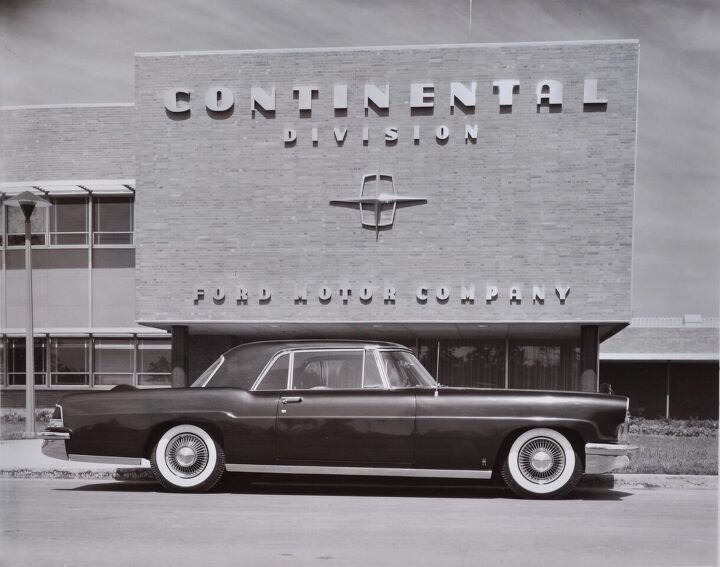







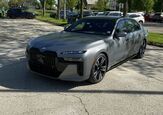











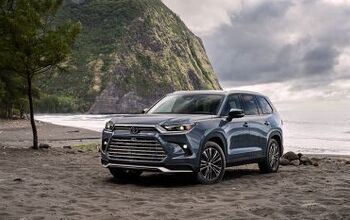
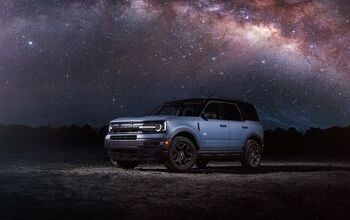
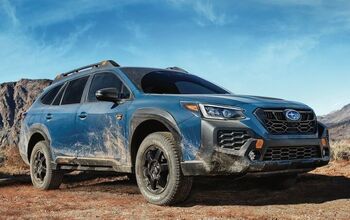
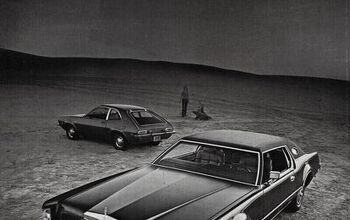
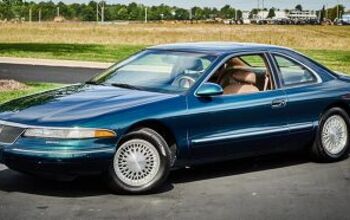
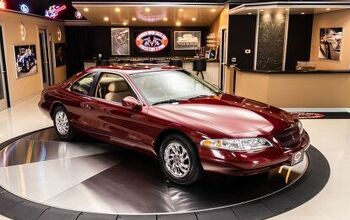
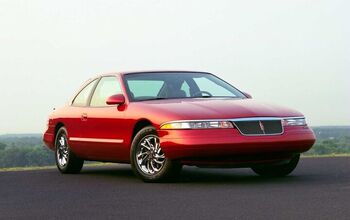
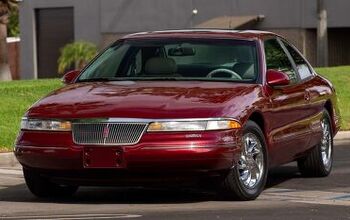

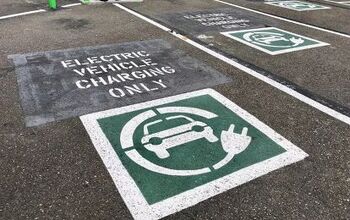
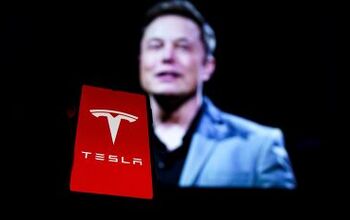
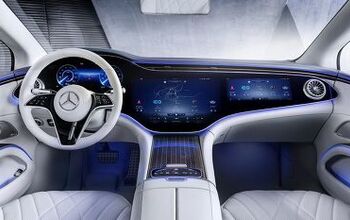
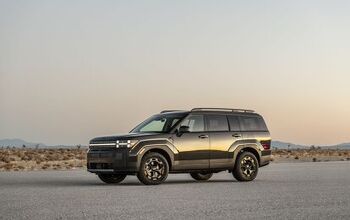


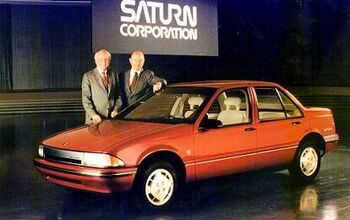
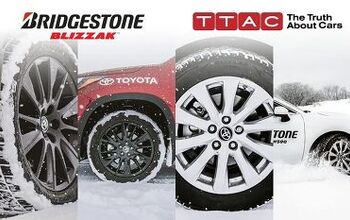
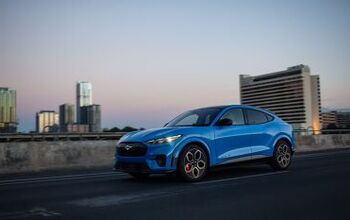
Comments
Join the conversation
A great appetizer, of course I am looking forward to the 'main course'. The era when PLC's dominated North American roads the same way that dinosaurs once dominated the Earth. And the Mark IV like the Tyrannosaurus was the mightiest of the PLCs. Driven by Henri Devereaux, Frank Cannon, Isaac Hayes/Jim Brown. Coveted by Huggy Bear. And although they drove Town Cars, I am sure that Stuart 'Mac' MacMillan and Frank Sheeran would have preferred to have driven a Mark, if their roles/jobs had allowed it.
The Mark II was NEVER badged as a Lincoln, nor was it marketed as part of that family. The Continental Mark II is not a Lincoln.